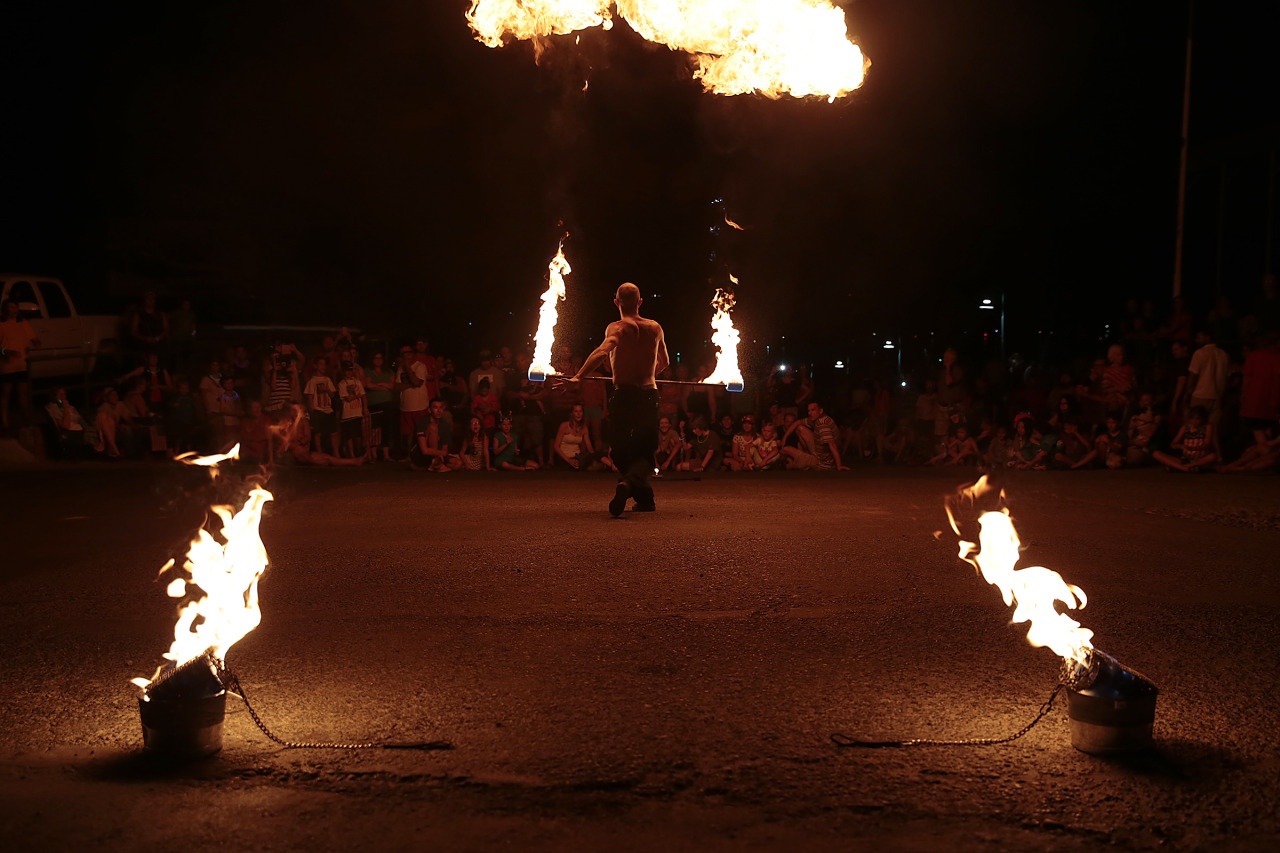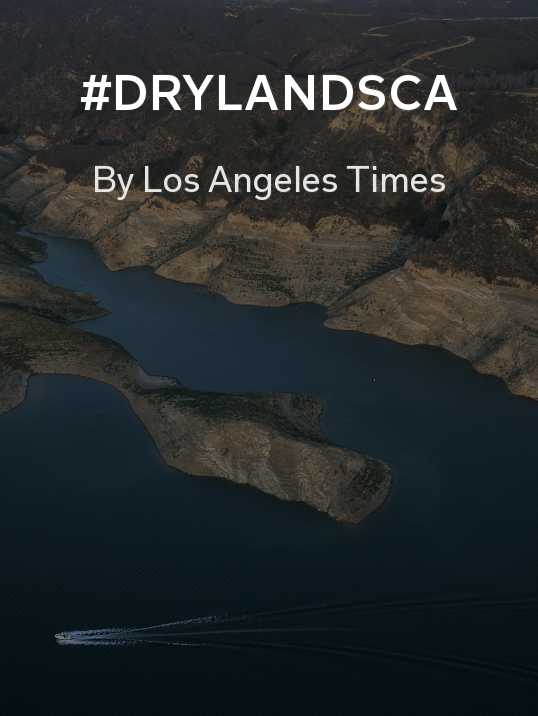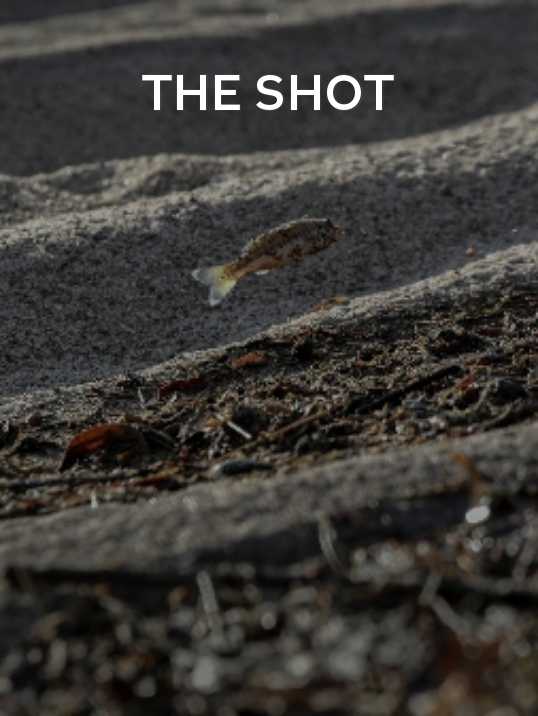On the Red Couch with L.A. Times Reporter Diana Marcum and Photographer Robert Gauthier
Inside Flipboard / August 26, 2015
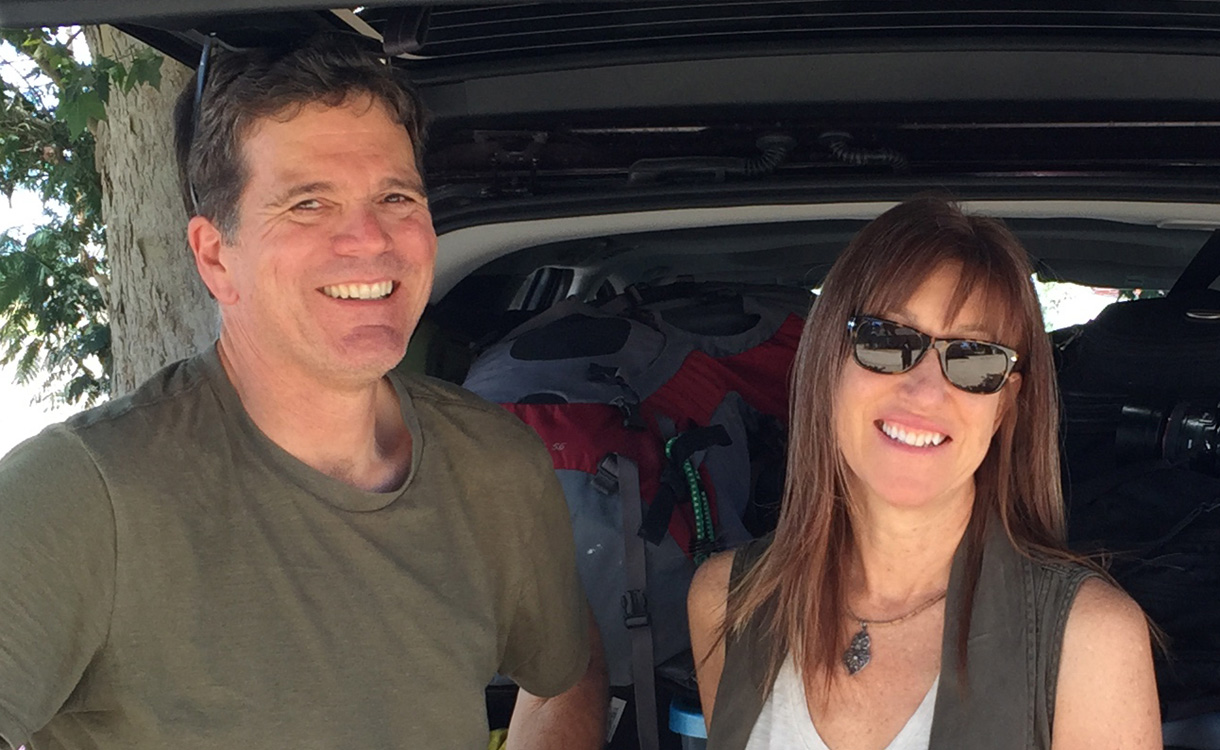
The chances of California returning to normal water conditions is like a snowball’s chance in, well, California. The picture is not a good one. River beds are dry, farms are parched and boats sit idle throughout the state.
If one thing has grown from this mega-drought, it’s the perseverance amongst many of the state’s residents. At least that’s the story Los Angeles Times reporter Diana Marcum and photographer Robert Gauthier kept running into during their three-week, 1,600-mile road trip through the Golden State’s drylands.
Accompanied by Murphy, Marcum’s four-year-old labrador retriever, the pair live tweeted, blogged and Instagrammed their findings along the way and have curated all of it, including the paper’s coverage of the drought, into their Flipboard Magazine called #DrylandsCA.
The project is a follow-up to a Pulitzer Prize-winning series Marcum penned in 2014 that profiled Californians most affected by the drought. We spoke with Marcum and Gauthier about the planning of their trip, what surprised them and what they would tell others about the drought based on their experience.
Where did the idea of a road trip come?
DIANA MARCUM: I’d already written about the center of the drought from this dustbowl aspect last year. It was almost this “Steinbeckian” thing that was happening in the Central Valley and I was really curious about the state as a whole. I really wanted to just see it for myself, hear people talk, know what was out there and just kind of get that sense of reality when you hit the road.
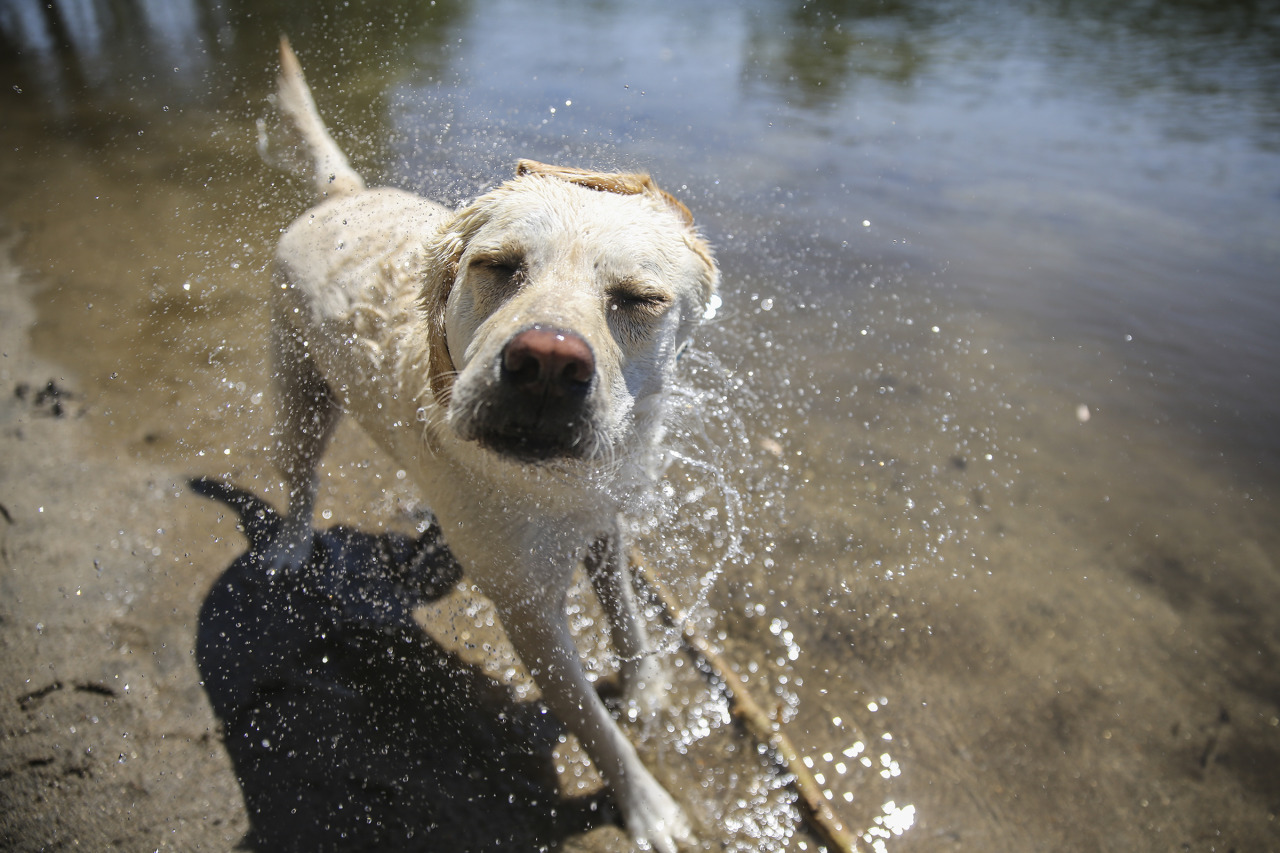
LA Times Reporter Diana Marcum’s four-year-old labrador retriever Murphy shakes himself off at Kelly’s Beach, a family owned campground on the Kinsburg River. Photo by Robert Gauthier
The previous project was very much in that “Grapes of Wrath” vein: that project focused on people fighting for their lives. This is more “Travels with Charley“—getting out and talking with people. It was amazing how much people who didn’t have their whole lives at stake were affected.
How did you plan your road trip?
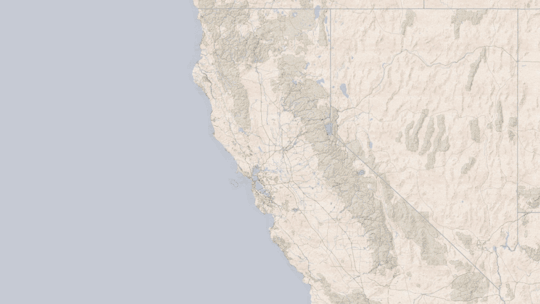
ROBERT GAUTHIER: Over the years I had talked with my editors about doing a photoplay of life along the waterways that explained where our waters came from—but more so about who lives along those waterways and how that water affects them. And then the drought came up.
So we focused on the sources of water and based our travels along those lines.
What did you find?
DM: We kept joking that we had to trust the journalism gods. I think we’re both people who usually plan carefully and this project was just the opposite. Whatever happened that day, whoever we ran into, we just ran into these real-life moments.
For example, we pulled over to shoot one thing and we’re trying to get somewhere else and then we see a man who was watering his roses with dishwater trying to keep the roses alive that he planted with his wife who had died.
It was a short conversation, but it was a heartfelt conversation; it is really like being on a road trip in real life—you meet these people and you meet them in the moment—they’re not somebody that you spend a great deal of time with but they make an impression with you that sticks and resonates with so many other things back in your life.
How did you approach your style of photography for this project?
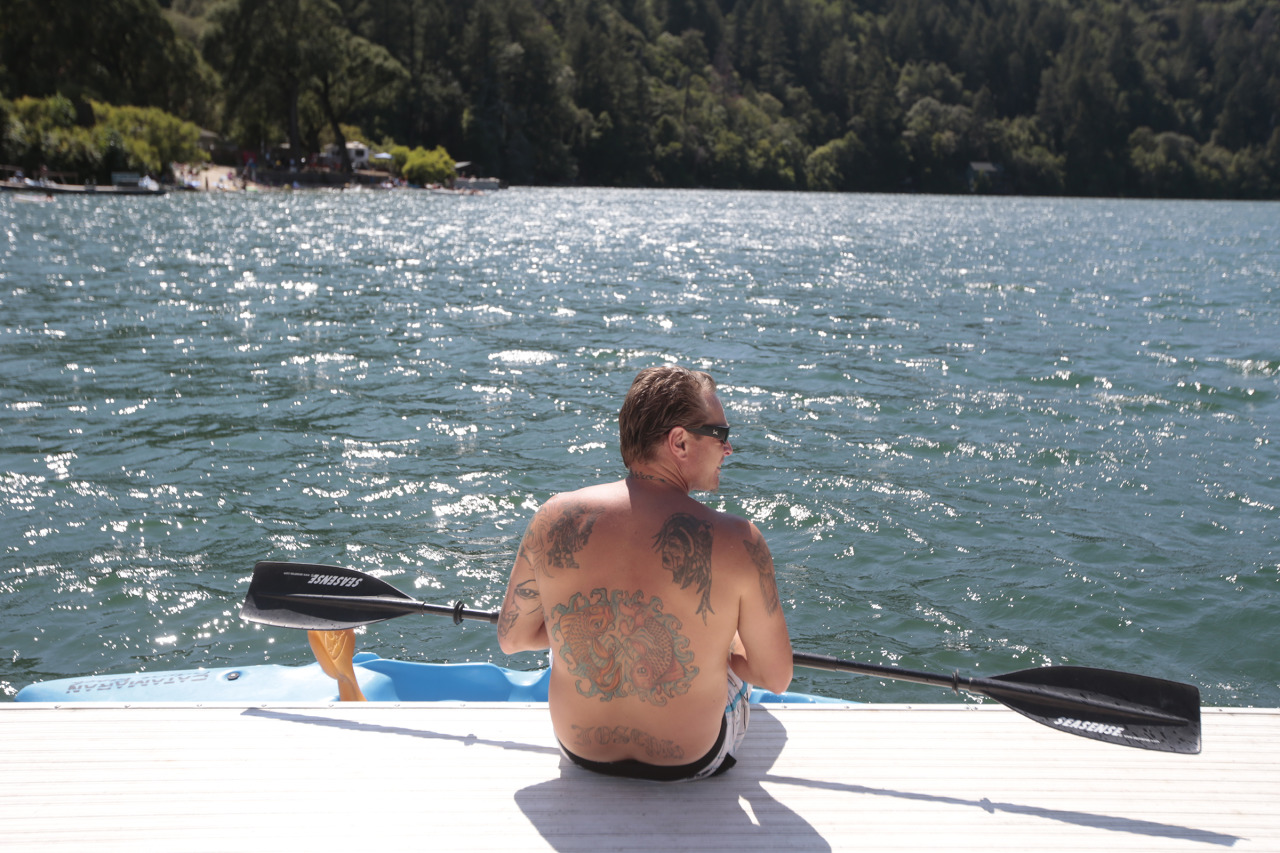
Joey Caniday, vacationing from Southern California, prepares to kayak on Blue Lake. Photo by Robert Gauthier
RG: The immediacy of everything made it challenging. For a photographer to really tell their story, they need to spend some time with the subject. Sometimes we had no more than 23 minutes with some people, so it was hard to try and avoid taking artful snapshots. I just had to take what was in front of me and do the best and find the meaning of what was there and go to the next place.
As for the aesthetic, I was really trying to represent our time now. I didn’t want the pictures to evoke anything from the Dustbowl era or the Works Progress Administration days, anything from the past that people might’ve seen. I wanted to shoot the here and now.
What were you surprised by?
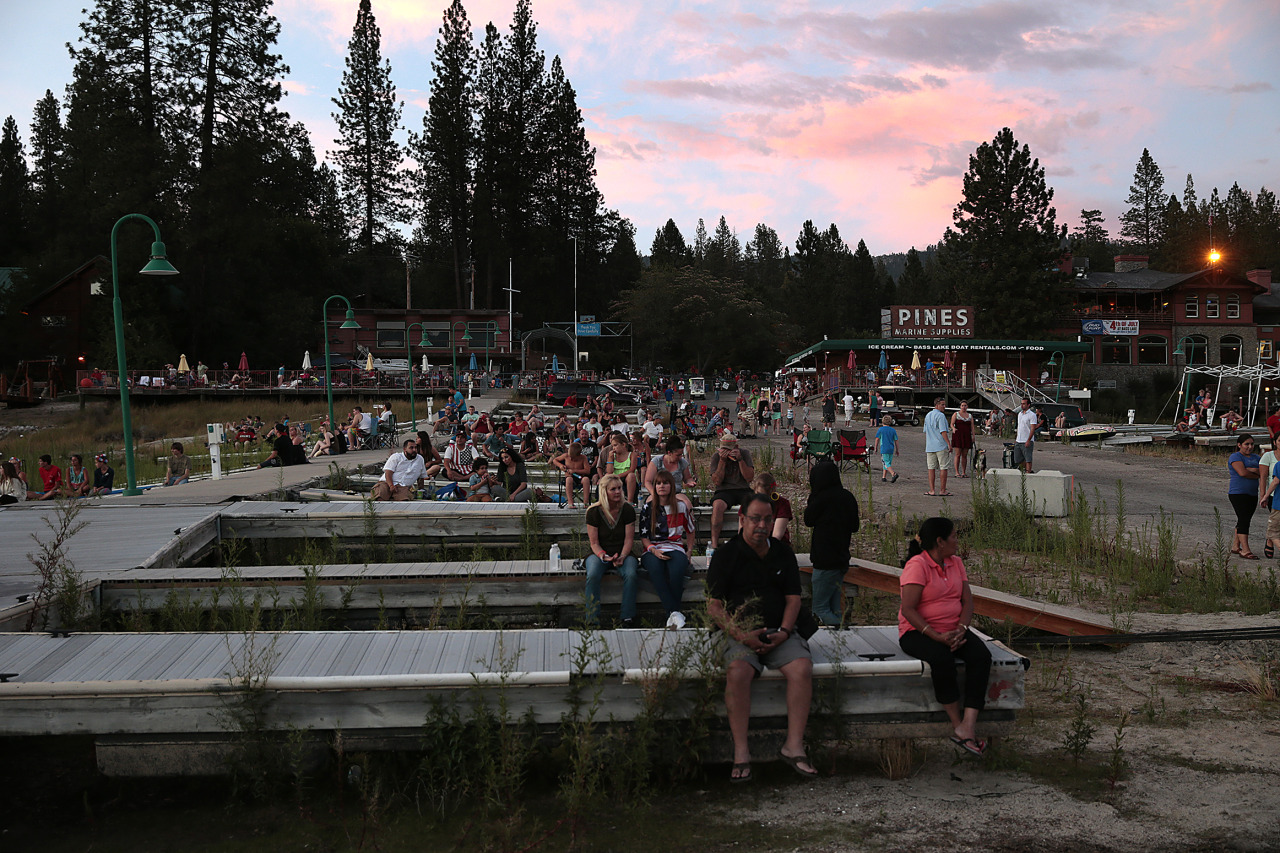
Fourth of July revelers find seats among a row of now-dry boat docks near the shore of Bass Lake. Photo by Robert Gauthier
DM: We started this whole trip around the Fourth of July at Bass Lake, which is close to where I live. So I know what it’s supposed to look like when there’s water and understand what it looks like now. The docks were over weeds; there was no water and there were going to be no fireworks because the fire danger was so high. The crowd size was just a fraction of what it usually is, but it turned out to be a beautiful evening.
We made friends with these fire dancers because people figured if you can’t have fireworks, you’d have some kind of flames and so here are these human beings sitting around fire with four firetrucks standing nearby. And instead of fireworks, there was a laser show. In some ways, it can be viewed as pathetic, lame and sad. But my God, look at the resilience—everybody is still here, they’re still dancing, eating ice cream, still sitting out on the docks looking at nothing and sitting over weeds. That set the tone for the rest of the trip.
RG: What surprised me the most was how the drought was on the tip of everyone’s tongue. We were going out on the road and heading to very tiny, remote places, where people don’t read newspapers or watch the news everyday, really just people who are just living their lives—and everyone we met was ready to talk about the drought in one form or another even without prompting it.
This being a road trip and all, what music did you listen to?
RG: When we had FM reception, we would always listen to country. When we didn’t, we listened to my playlist on my iPod.
DM: The one that always came up was Bruce Springsteen’s “Drive All Night.” And when I had a moment alone, pretty much every night before I went to sleep, I listened to Wilco’s “California Stars.”
And what did you guys eat?
DM: We tried to eat well when we could, but ironically it was a lot of nuts and raisins.
Having been on this trip, what’s one thing you’d like to tell people who know very little about the drought?
DM: We want El Niño to come—but one year of rain is not going to cure this drought.
RG: If you’re still looking for evidence of climate change, just stop and look around. The next big wars are going to be fought over water. This is kind of the peek into the future that we’re going to deal with.
You can find postings from the road trip, along with the Los Angeles Times’ coverage of the drought here.
And don’t forget to take a look at The Shot, where our photo editors spotlight some of Gauthier’s selects from the trip along with the latest news from the photography world.
~NajibA is curating Some Media Noise
FOLLOW US ON:
FLIPBOARD / TWITTER / INSTAGRAM / FACEBOOK / GOOGLE+ / TUMBLR / YOUTUBE / SOUNDCLOUD / PINTEREST / MEDIUM


